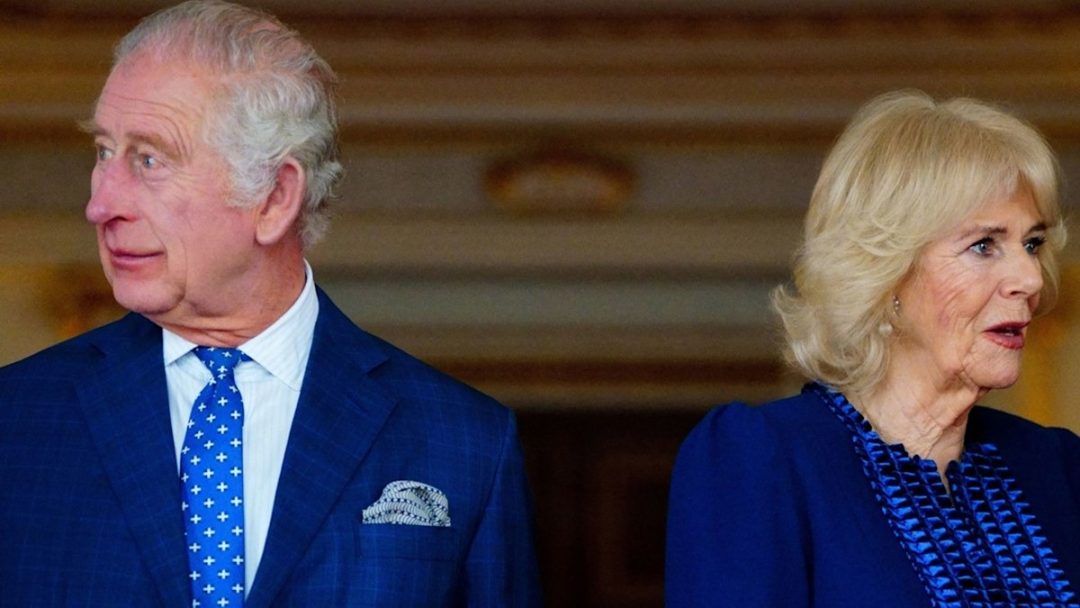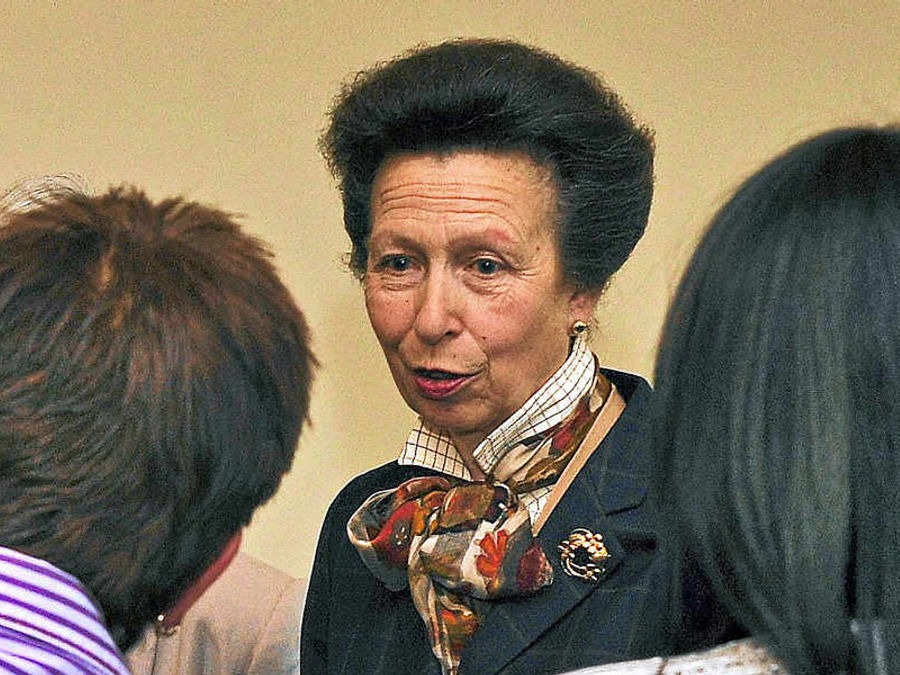In a shocking turn of events at Windsor Castle, King Charles has stripped Camilla of her royal title during a private family meeting, igniting a seismic shift within the monarchy. What began as a routine gathering of the royal family quickly escalated into a historic confrontation that could redefine the future of the British royal family.
 Inside the opulent walls of Windsor, a tense atmosphere enveloped the long table where the inner circle of the monarchy sat. King Charles, visibly burdened yet resolute, delivered the unexpected verdict that sent shockwaves through the room: Camilla, once the Queen Consort, was no longer entitled to her title. The announcement hung in the air, leaving family members stunned into silence. William’s jaw tightened, while Catherine remained impassive, as Camilla’s expression morphed from confidence to disbelief in an instant.
Inside the opulent walls of Windsor, a tense atmosphere enveloped the long table where the inner circle of the monarchy sat. King Charles, visibly burdened yet resolute, delivered the unexpected verdict that sent shockwaves through the room: Camilla, once the Queen Consort, was no longer entitled to her title. The announcement hung in the air, leaving family members stunned into silence. William’s jaw tightened, while Catherine remained impassive, as Camilla’s expression morphed from confidence to disbelief in an instant.

This dramatic decision did not arise in isolation; it was the culmination of mounting tensions and power struggles that had been brewing for years. Charles had grown increasingly frustrated with Camilla’s attempts to elevate her family within royal circles, viewing it as an intrusion upon the sacred traditions of the monarchy. Reports of her rebranding royal charities and integrating her relatives into royal events further fueled the king’s ire.
The final straw came when a speech draft, positioning Camilla’s family as key players in the monarchy’s future, was presented without Charles’s knowledge. To him, this was not just ambition; it was a betrayal of the royal legacy. In that moment, he made the irrevocable decision: Camilla could no longer wear the crown.
As the weight of the announcement settled, Camilla’s initial shock quickly morphed into fury. She lashed out at Charles, accusing him of betrayal and manipulation, warning that she was not an outsider to be erased. Her threats resonated deeply, as she implied that her knowledge of the family’s secrets could lead to catastrophic consequences if she chose to speak out.
Palace aides scrambled to contain the fallout as the news began to leak. The royal PR machine went into overdrive, grappling with how to explain the sudden disappearance of the Queen Consort to the public. Speculation swirled: Was it a divorce? A scandal? The world was eager for answers, and outside the palace gates, social media erupted with theories.

In a dramatic twist, just before leaving Windsor, Camilla reached out to a press contact, signaling her readiness to tell her side of the story. This move sent tremors through the palace, as the threat of exposure loomed large. Charles faced intense pressure from advisers to manage the narrative, but he chose not to smear Camilla publicly, a decision that only fueled the media frenzy.
The following morning, headlines blared the shocking news: “Camilla Cast Out!” and “Windsor War Erupts!” As the public absorbed the fallout, the royal family rallied. William held urgent meetings with palace staff, stressing the imperative to protect the institution at all costs, while Catherine emerged as a stabilizing force, stepping into the public eye to reinforce the monarchy’s dignity.
In a dramatic turn of events, Camilla ultimately proposed a deal: she would refrain from speaking publicly in exchange for protection and privacy, allowing for a formal separation without scandal. Charles accepted, and a carefully worded statement was released, framing Camilla’s departure as a personal decision focused on family.
With the announcement, the title of Queen Consort was effectively erased, but the ramifications of this royal upheaval are far from over. The monarchy has weathered the storm, but it is clear that the landscape has irrevocably changed, leaving the royal family to navigate a new and uncertain future.